Here’s the deal: you’ve seen those envy-inducing posts—ancient villages where everyone’s rocking triple-digit birthdays, sipping exotic teas, and casually outliving T-Rex fossils. It’s like the ultimate lifehack, right? But what if I told you that some of these so-called “Blue Zones” golden nuggets are more smoke-and-mirrors than magic elixir? Think of it like spotting avocado toast on a budget—the vibe is appealing, but the substance might be weak. Let’s swipe past the filters, call out the hype, and get real about a dozen Blue Zones “secrets” that sound epic on paper but don’t actually hold up when you peek behind the scenes. Buckle up—debunking starts now.
1. Chugging Superfood Smoothies Every Morning Isn’t a Magic Bullet
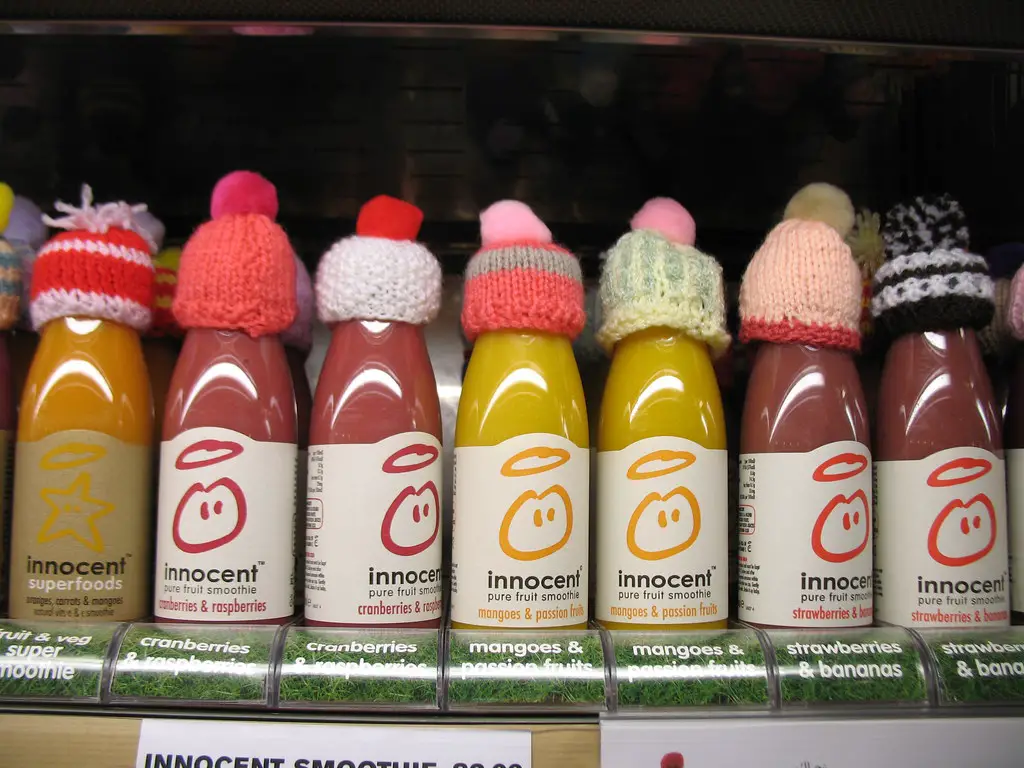
Remember that smoothie recipe loaded with kale, turmeric, chia seeds, and “Blue Zone-approved” berries that was supposed to shave a decade off your biological age? Reality check: there’s no controlled study showing that blending all these “superfoods” together beats the benefits of a balanced diet and whole fruits and veggies on their own. Science reports that while plant-rich diets are generally healthy, the idea that combining every single antioxidant in one glass dramatically extends lifespan is based more on marketing spin than clinical evidence. In fact, megadoses of some nutrients can even backfire—overdoing omega-3s or certain vitamins can cause imbalances and side effects.
Even Blue Zones founder Dan Buettner admits his nine “power foods” list is distilled from patterns, not interventions—meaning people happened to eat more beans or greens, but we don’t know if eating more beans makes you live longer. What really matters is overall dietary quality and variety, not a checklist of Insta-worthy ingredients.
2. You Don’t Need a Trademarked “Blue Zone” Lifestyle Plan to Live Long
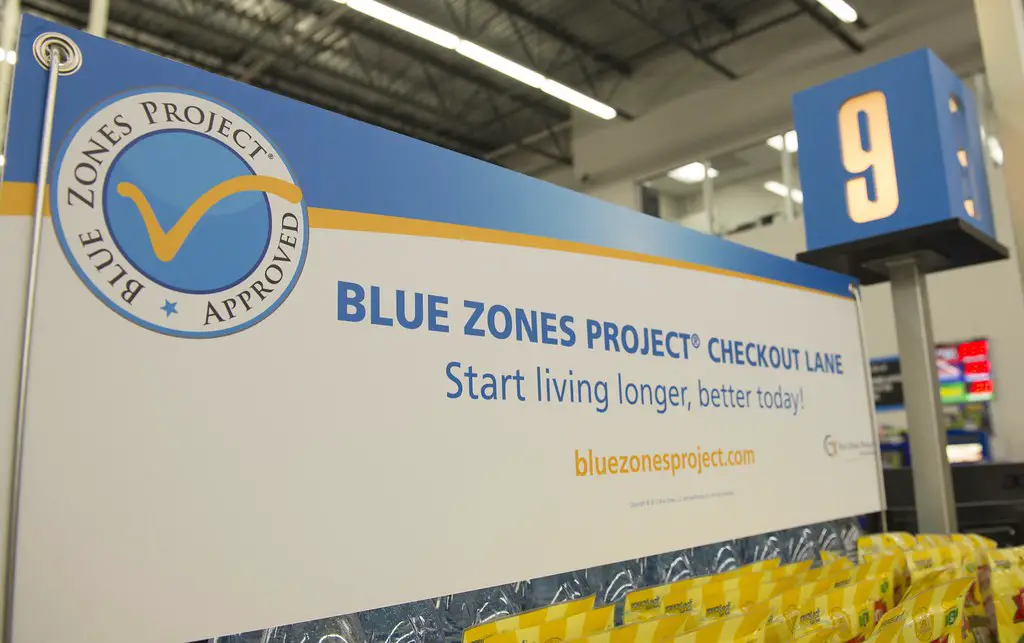
Some municipalities pay Blue Zones, LLC hundreds of thousands of dollars to roll out “Blue Zone Community” programs—think rearranged crosswalks, altered vending machines, and “habit-forming” social events. Fortune found that while these initiatives sound neat on paper, there’s scant peer-reviewed data proving they move the needle on mortality rates—cities can spend big without any guaranteed impact on how many candles end up on birthday cakes.
What’s more, when you strip away the marketing, many of these changes are just public-health basics: adding bike lanes, offering healthier snacks, and encouraging neighborly potlucks. You don’t need a trademarked blueprint—or a corporate contract—to start walking more, cooking at home, or chatting with your neighbors.
3. That Netflix Doc Didn’t Reveal a Loophole to Outlive Your Cat
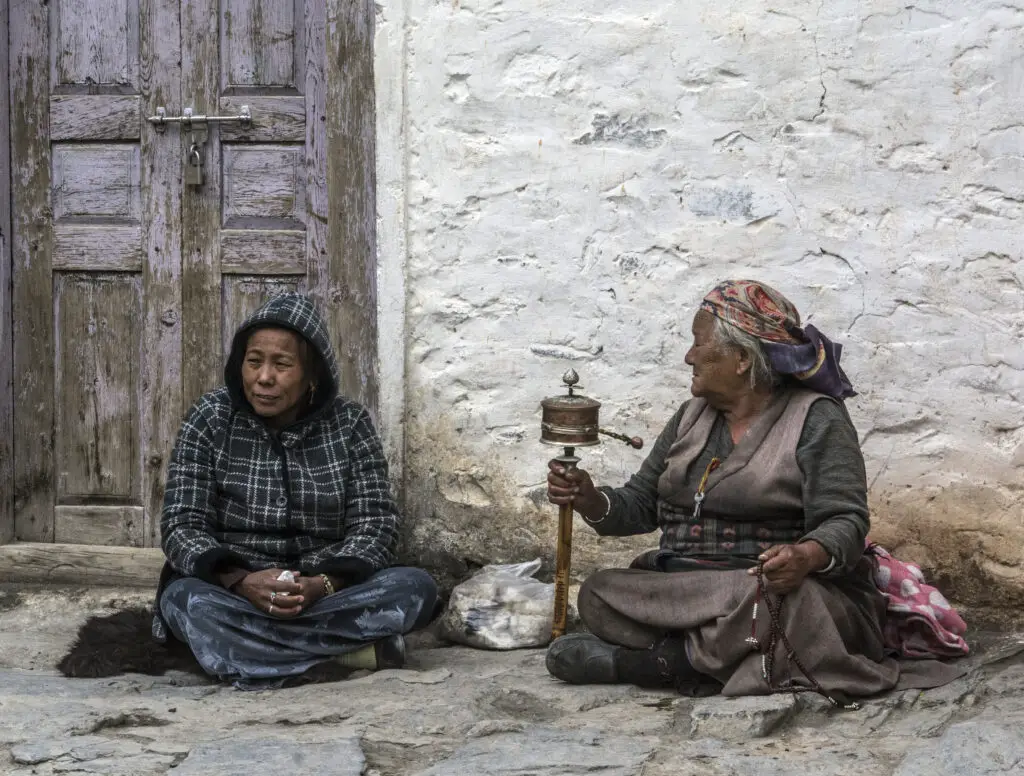
“Live to 100: Secrets of the Blue Zones” makes for binge-worthy TV, with sweeping drone shots of Sardinia’s mountain villages and seaside Ikaria sunsets. But New York Magazine uncovers that some of the centenarian counts are, shall we say, a bit generous—records show that a number of “living legends” actually passed away years ago, leaving only paperwork ghosts behind.
And if you’re looking for a cinematic shortcut—like eating sesame-ginger bowls at Whole Foods every day—sorry to burst the bubble. Longevity is complex, influenced by genetics, environment, healthcare access, and yes, good luck with record-keeping. A TV spin-off won’t change that.
4. Okinawans Didn’t Always Have the World’s Best Life Expectancy

Okinawa often gets crowned the championship belt for life span—until you peek at recent data showing its rankings have slid dramatically among Japan’s 47 prefectures. The Times. reports that low birth-weight rates, post-war record losses, and pension fraud inflated centenarian tallies, making Okinawa look like a longevity superstar when it was just a data underdog with shoddy paperwork.
In reality, Okinawa’s life expectancy advantage eroded over the 21st century, dropping it to the middle of the pack. Lesson learned: always check the latest stats before you start worshipping any region as the fountain of youth.
5. Drinking Wine Daily Doesn’t Guarantee a Longer Life

Yes, a glass of red with dinner is a Blue Zone hallmark—but the claim that moderate wine cuts heart-attack risk by 40% comes from observational studies prone to confounding. Science Direct notes that people who sip wine moderately often have higher socioeconomic status, better healthcare access, and other healthy habits that actually drive the benefit—not the alcohol itself.
Plus, alcohol’s protective window is narrow. Going from one glass to two ups the risks of cancer and liver disease. If you love wine, cheers—but don’t expect it to unlock a secret longevity weapon.
6. “Hara Hachi Bu” (Eating ‘Till You’re 80% Full) Is Hard to Measure
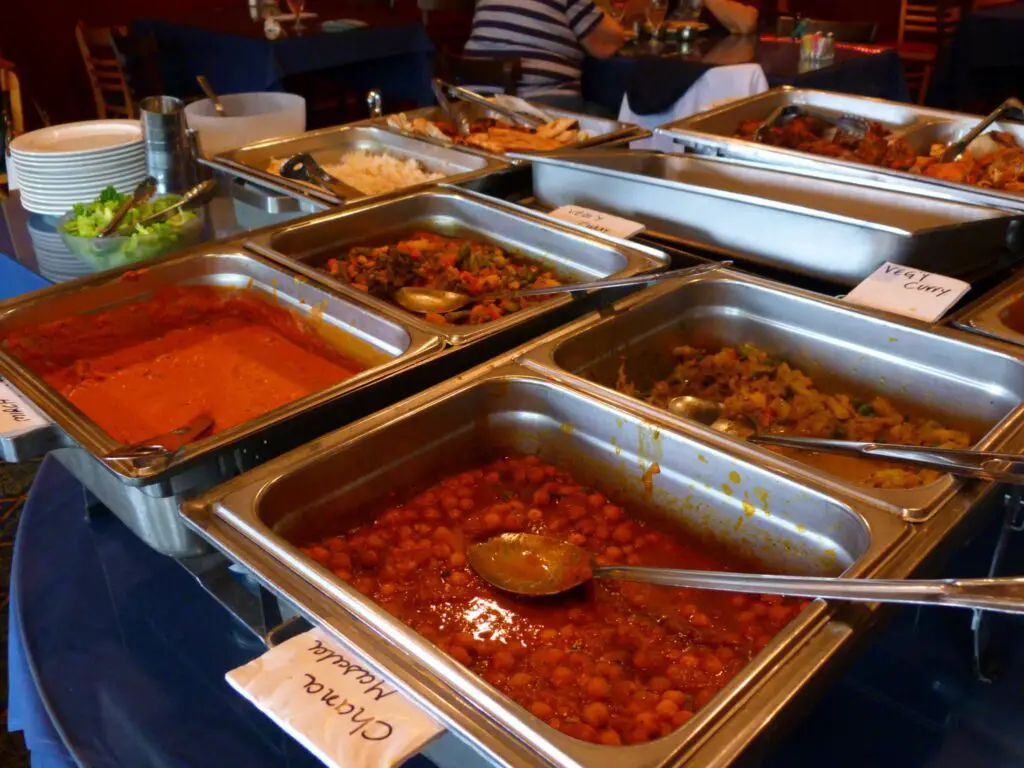
The oft-cited Okinawan principle of stopping when you’re 80% full sounds mindful, but it’s impossible to quantify. There’s no validated test for “80% satiety,” and most studies on caloric restriction come from lab animals on regimented diets—not from centenarians casually eyeballing their portions. In practice, people in various cultures naturally eat less as they age because of changing appetites, dental issues, and slower metabolisms. That’s normal, not mystical. Rather than chasing an elusive fullness percentage, focus on balanced portions and listening to true hunger cues.
Plus, most of us can’t accurately gauge an abstract “80%.” We’re better off tuning into real signals: energy levels, digestion, and enjoyment of food. And hey, occasional indulgence in a favorite treat might do more for your happiness (and stress reduction) than strict self-policing ever could.
7. Walking a Ton Isn’t the Same as Intentional Exercise
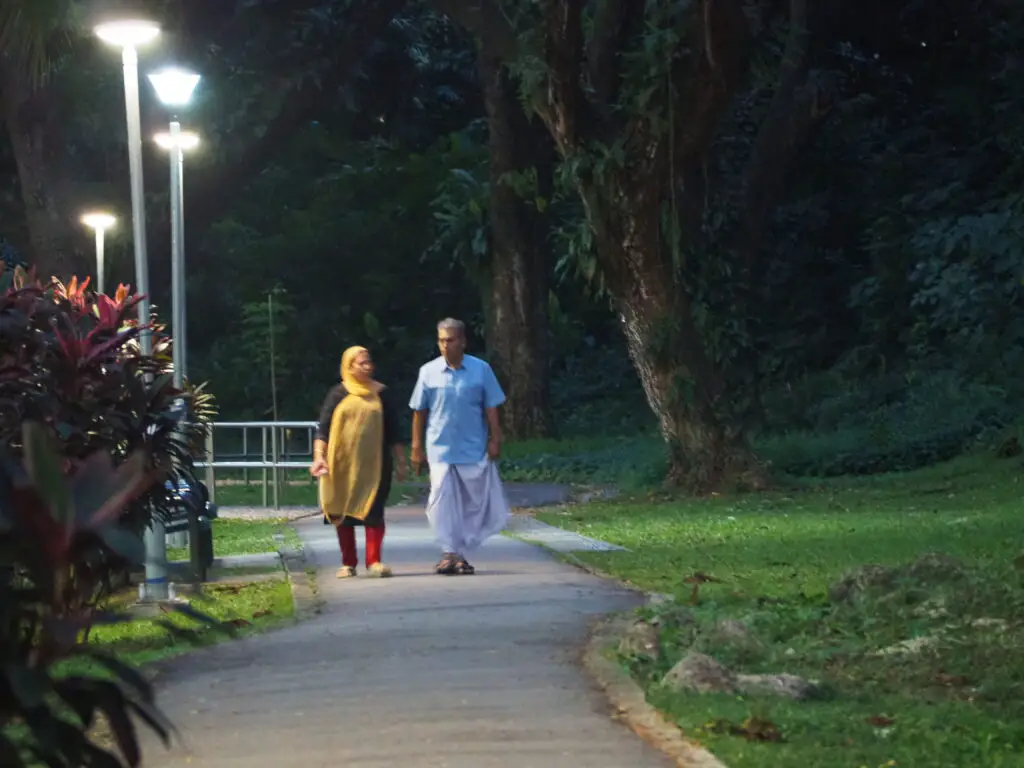
Blue Zones praise regular movement—gardening, walking to the store, climbing stairs. But conflating daily chores with targeted exercise can backfire. Only moderate-to-vigorous physical activity—like brisk walking or strength training—has been shown to significantly reduce disease risk; casual ambulation alone won’t cut it. Sure, fanny-packing through your day helps, but don’t skip muscle-building sessions or cardio workouts that raise your heart rate.
Think of movement like seasoning: incidental steps add flavor, but you still need the main course of structured workouts. A 15-minute HIIT session or a couple of weight-bearing exercises a few times a week goes a long way toward maintaining bone density and muscle mass. Keep your body guessing—mix up routines, try a new class, or challenge a friend to a weekend hike.
8. Social Circles Matter—but Only Up to a Point
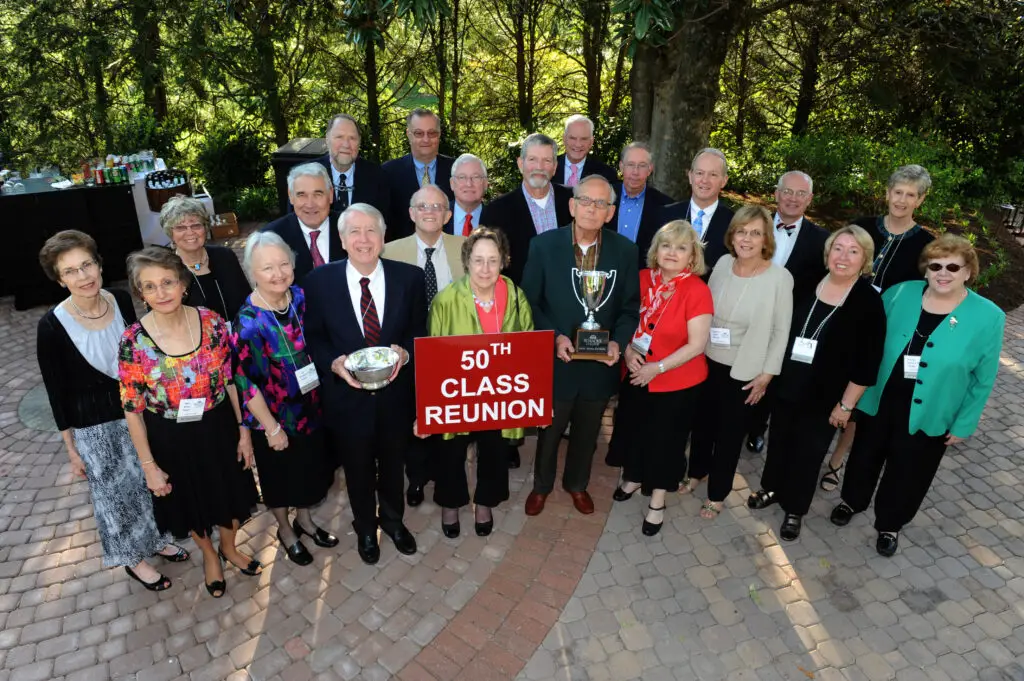
Having friends and family nearby can boost mental health and sense of purpose. Yet the “bigger, tighter communities equal centenarians” idea is oversimplified. Quality trumps quantity: meaningful connections lower stress, but large social networks can sometimes introduce conflict and anxiety. So host that dinner party, but don’t guilt yourself into dozens of weekly events. Invest in deep, supportive relationships—your emotional well-being (and telomeres) will thank you.
It’s the late-night heart-to-hearts, not random “networking” brunches, that build resilience. Cultivate a handful of confidants who help you laugh, cry, and dream. And remember: solitude can recharge you too—give yourself permission to unplug and relish some me-time.
9. Purpose (“Ikigai”) Isn’t a One-Size-Fits-All Pill

Finding your “reason to get up in the morning” is trendy, but studies often lump varied motivations—from religious devotion to weekend hobbies—into one vague bucket. Don’t pressure yourself into a mission statement. Instead, cultivate daily routines and goals that resonate personally, knowing that any sense of meaning can support resilience.
Purpose can be small and flexible: a midweek pottery class, volunteering at an animal shelter, or simply caring for houseplants. What matters is consistency and personal fulfillment, not grand declarations. And if your purpose shifts over time, that’s perfectly okay—adaptable goals keep life fresh.
10. Plant-Based Diets in Blue Zones Aren’t Always Consistent
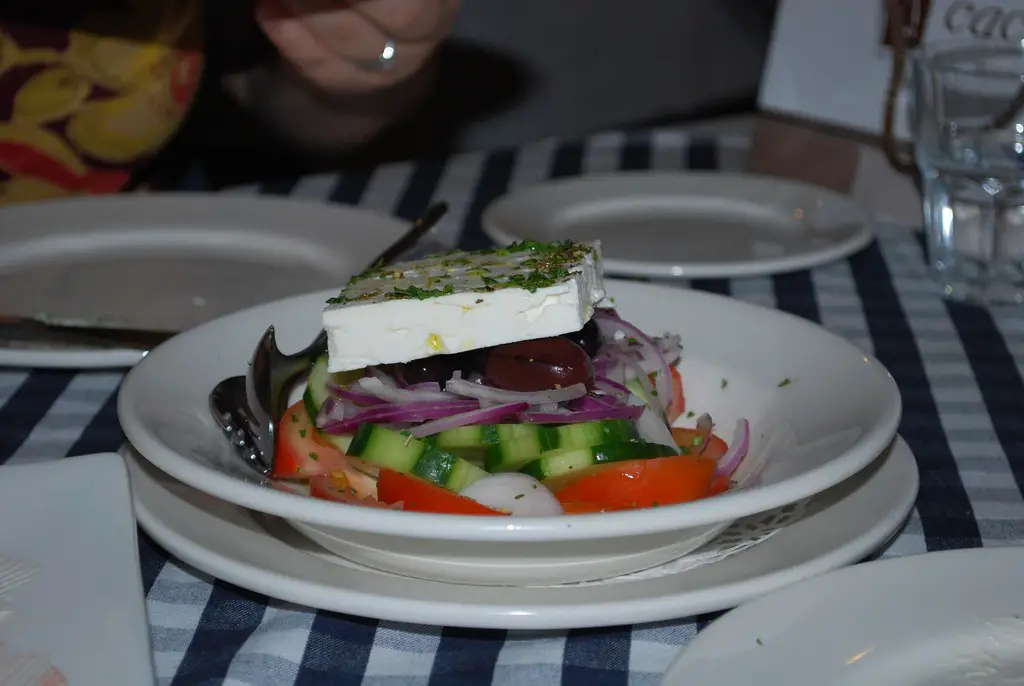
While beans, greens, and whole grains dominate the narrative, many centenarians indulged in meat, cheese, and sweets more frequently than initially reported. Context matters: local food traditions, seasonality, and cultural celebrations shape real eating patterns. Don’t stress over rigid plant-only rules—embrace flexibility and moderation.
A slice of festival pastry or a drizzle of local cheese won’t derail your health if it’s balanced by mostly nutrient-dense meals. Some villagers even enjoyed fresh seafood or occasional cured meats without apparent downside. Bottom line: variety and enjoyment trump perfection every time.
11. Blue Zones LLC’s Merchandise Doesn’t Come with Clinical Guarantees

From “Blue Zones Kitchen” meal kits to branded supplements, the Blue Zones empire is a growth industry. Yet none of these products undergo rigorous FDA drug trials, and “science-backed formulas” often recycle well-known ingredients. If you want to invest in your health, prioritize proven interventions: regular check-ups, evidence-based therapies, and lifestyle tweaks that match your goals.
Don’t be dazzled by curated boxes or glossy packaging—real progress comes from consistency, not gimmicks. A simple habit tracker or a budget-friendly seasonal produce list can outperform expensive pre-packed plans. And if you do choose a supplement, research its credentials and consult a professional first.
12. Netflix Binge-Watching Longevity Hacks Won’t Replace Real-World Action

Watching documentaries about centenarians sipping herbal teas is inspiring—but inspiration doesn’t equal implementation. Behavioral change requires accountability, habit-tracking, and often professional guidance. So bookmark those Instagram reels, but pair them with achievable goals: schedule weekly meal preps, set up a walking challenge with a friend, or join a community class.
Dreaming about 100th birthdays is fun, but real-life tweaks—consistent workouts, intentional meal planning, meaningful social bonds—are where the magic happens. Track your habits, celebrate small wins, and forgive yourself on slip-up days. That’s how you turn myth-busting into lasting well-being.
